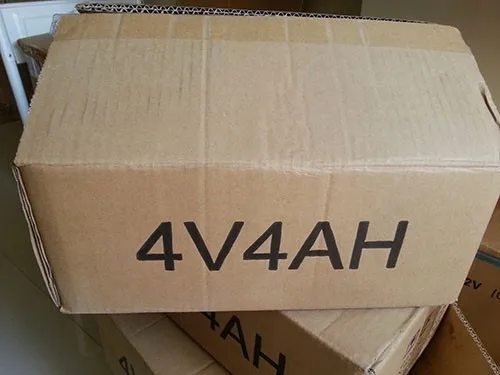
4 c batteries code#
You must check the size or just the code of the format of the element. If you make a mistake in the dimensions of your battery it will not fit into its housing and will be unusable. To use a C battery in a D-size spacer, just place two quarters, one at each end of the battery, into the gap where the battery sits.The importance of the format of a battery or a battery is crucial in buying criteria.

Keep in mind that C batteries are somewhat shorter than D batteries, so you’ll need to create an adaptor to keep them in position.
4 c batteries how to#
How To Use a C Battery in a D-Size Spacer?Īnother factor to consider is the amount of space available for the battery. Supported Devices: C batteries are for small flashlights and toys, where D batteries are for Large flashlights, radios, alarm systems. Even though they are being used in various sectors. Large flashlights, radios, alarm systems Cost Costs less than D Battery Costs more due to its capacity.ĭimension: C battery is smaller compared to a D battery.Ĭost: C batteries cost significantly lesser than D batteries. Small flashlights, toys High-drain applications: Large in size Size 50 mm x 26.2 mm 61.5 mm x 33.2 mm Capacity Up to 8,000mAh Up to 17,000mAh Supported devices Medium-drain applications: Time to take a look.Ĭ Battery Vs D Battery at a Glance: Features C Battery D Battery Appearance Comparatively smaller. There are several key differences between a C Battery and D Battery. What Are the Differences Between C Battery Vs D Battery? The nominal voltage of Lithium, Zinc Carbon, Alkaline, and LiFeS2 is 1.5V. This model has a greater charge capacity of 2200 to 12000 mAh, with usual energy of 2.75 to 15 Wh. The NiMH D-size battery is known by its technical name, HR20, from the International Electrotechnical Commission. It has a usual charge capacity of 2000–5500 mAh and a 2.5–6.9 Wh energy capacity. The IEC has given the NiCad D cell the designation KR20. It has an average charge capacity of 12000–18000 mAh and an energy charge of 18–27 Wh, which is more than the Zinc-Carbon model.įR20 (IEC) and 13LF are other names for lithium iron disulfide (LiFeS2) (ANSI). LR20 is the IEC term for alkaline chemistry, and 13A is the ANSI/NEDA name. With an 8000 mAh charge capacity and 12 Wh typical energy capacity, a Zinc Carbon D battery is technically recognized as R20 based on IEC standard and 13D based on ANSI/NEDA designation.
4 c batteries portable#
They are distinguished from the rechargeable lithium-ion battery that is commonly used in portable electronic devices such as smartphones and laptops for their long life. The metallic element lithium is used as the principal anode in lithium C batteries (central conductor). Lithium C Batteries are a type of lithium-ion battery They can be found in a variety of ordinary household goods. C Battery AlkalineĪ potassium hydroxide alkaline electrolyte (anti-acidic electrically-conducting combination) is used in an alkaline C battery.Īlkaline C batteries are one of the most extensively utilized types of batteries due to their high energy density and long shelf life. The following sections look at lithium and alkaline batteries, which are both common. C Batteries by ChemicalĬ batteries differ not only in terms of capacity and voltage but also in terms of the fundamental materials utilized in their manufacturing. C-type batteries are designed to be compatible with a wide range of devices and accessories, including battery holders.Ĭ-sized batteries are smaller than D-sized batteries, but they are larger than AA and AAA batteries. C Batteries SizeĬ-cell batteries can have a variety of capacities and voltages, but their physical size remains the same.



The most common dry cell battery sizes are AA and AAA however, because they are smaller than size C batteries, their lifespan is less. Dry cells were built to operate with the least amount of internal moisture possible, making them excellent for portable electronics. C batteries are a common dry cell battery type.


 0 kommentar(er)
0 kommentar(er)
